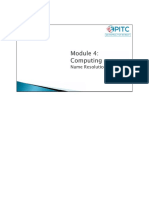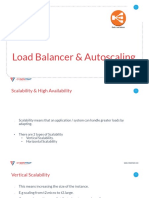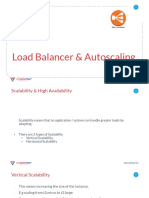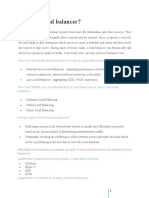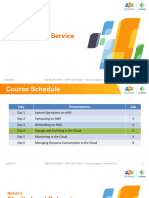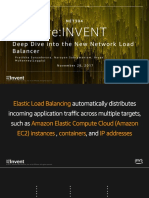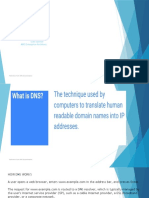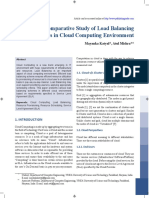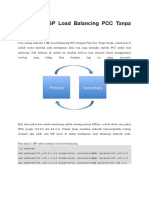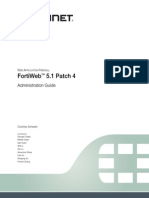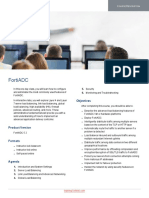0% found this document useful (0 votes)
11 views60 pagesLoad Balancer Basics for IT Pros
A load balancer is a device that functions as a reverse proxy, distributing network or application traffic across multiple servers to enhance capacity, user concurrency, and application reliability. The document includes various links to resources and best practices related to load balancing and AWS services. It also references specific AWS documentation on topics such as Elastic Load Balancing and VPC scenarios.
Uploaded by
Buffalo GamingCopyright
© © All Rights Reserved
We take content rights seriously. If you suspect this is your content, claim it here.
Available Formats
Download as PDF, TXT or read online on Scribd
0% found this document useful (0 votes)
11 views60 pagesLoad Balancer Basics for IT Pros
A load balancer is a device that functions as a reverse proxy, distributing network or application traffic across multiple servers to enhance capacity, user concurrency, and application reliability. The document includes various links to resources and best practices related to load balancing and AWS services. It also references specific AWS documentation on topics such as Elastic Load Balancing and VPC scenarios.
Uploaded by
Buffalo GamingCopyright
© © All Rights Reserved
We take content rights seriously. If you suspect this is your content, claim it here.
Available Formats
Download as PDF, TXT or read online on Scribd
/ 60






